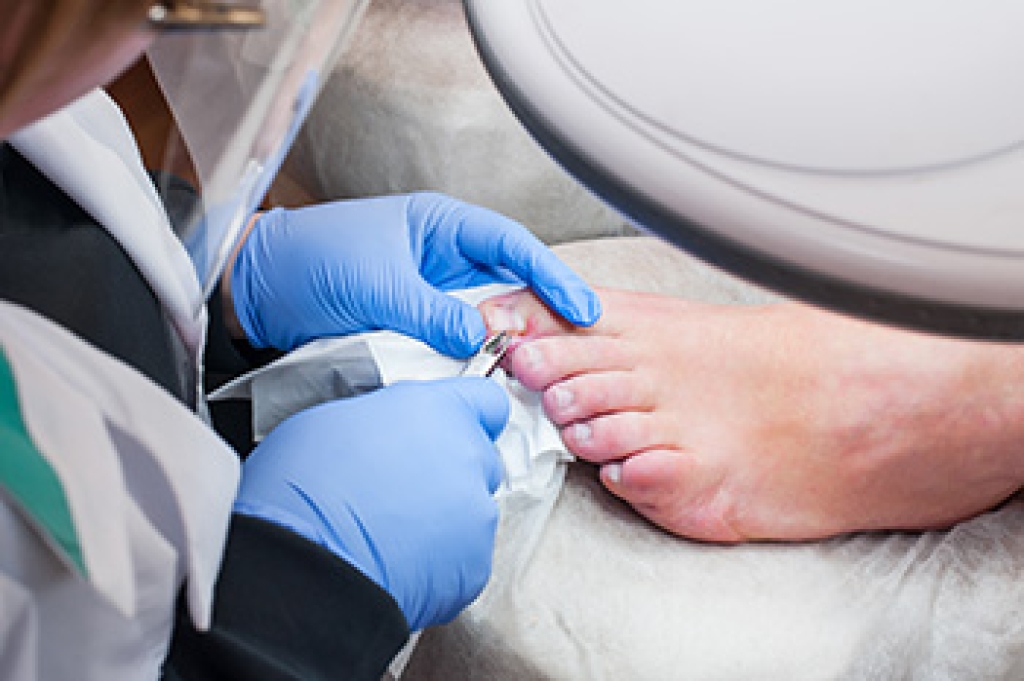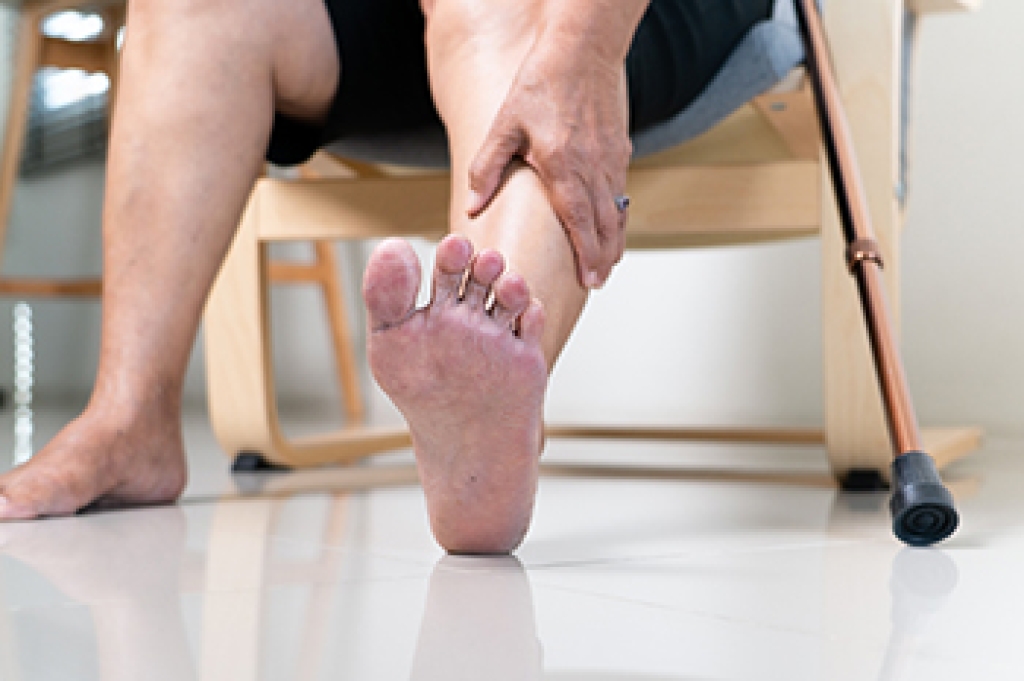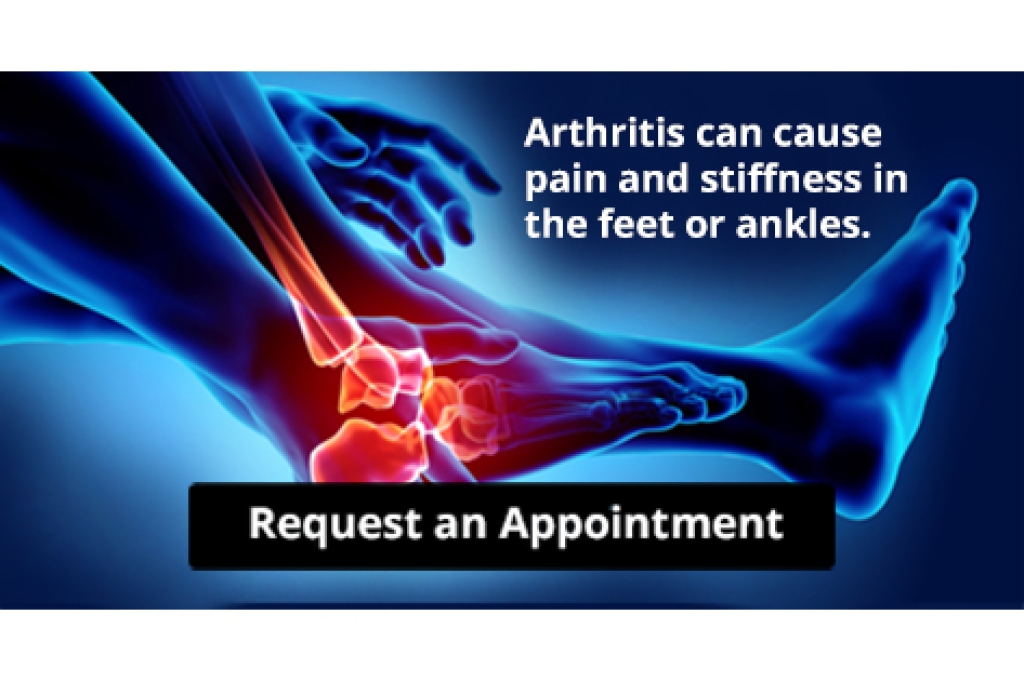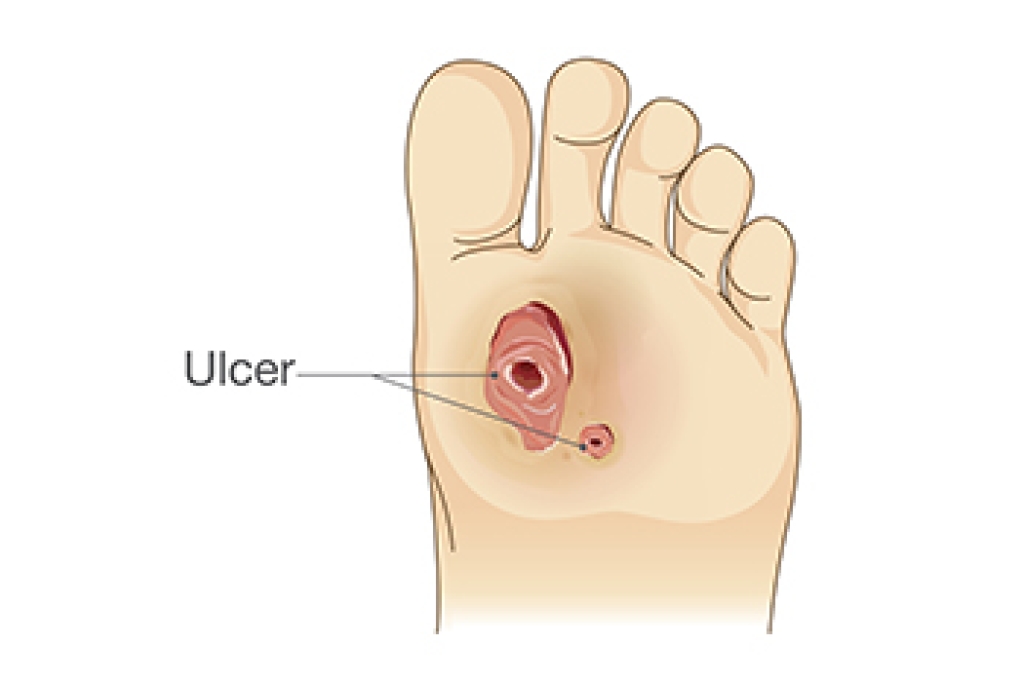
An ingrown toenail develops when the edge of the nail grows into the surrounding skin, often leading to pain, redness, and infection. When the problem becomes persistent or severe, a podiatrist can perform a minor procedure to remove part or all of the ingrown toenail. The procedure is typically done under local anesthesia to keep the area numb. Depending on the severity, a podiatrist may perform either a partial or a total nail removal. A partial removal, called a wedge excision, is designed to eliminate the part causing irritation, where a total removal affects the entire nail. In some cases, a podiatrist may apply a chemical or use heat to prevent the problematic part of the nail from regrowing. After surgery, proper wound care and footwear that allows adequate toe space are important to help healing and prevent recurrence. If you have a problematic ingrown toenail, it is suggested that you make an appointment with a podiatrist for a diagnosis and treatment.
Ingrown toenails can become painful if they are not treated properly. For more information about ingrown toenails, contact one of our podiatrists of Associates in Podiatry, PC. Our doctors can provide the care you need to keep you pain-free and on your feet.
Ingrown Toenails
Ingrown toenails occur when a toenail grows sideways into the bed of the nail, causing pain, swelling, and possibly infection.
Causes
- Bacterial infections
- Improper nail cutting such as cutting it too short or not straight across
- Trauma to the toe, such as stubbing, which causes the nail to grow back irregularly
- Ill-fitting shoes that bunch the toes too close together
- Genetic predisposition
Prevention
Wearing proper fitting shoes and using proper cutting techniques will also help decrease your risk of developing ingrown toenails.
Treatment
Ingrown toenails are a very treatable foot condition. In minor cases, soaking the affected area in salt or antibacterial soaps will not only help with the ingrown nail itself, but also help prevent any infections from occurring. In more severe cases, surgery is an option. In either case, speaking to your podiatrist about this condition will help you get a better understanding of specific treatment options that are right for you.
If you have any questions, please feel free to contact our offices located in Pittsburgh-South Hills, and Pittsburgh-Bellevue, PA . We offer the newest diagnostic and treatment technologies for all your foot care needs.




